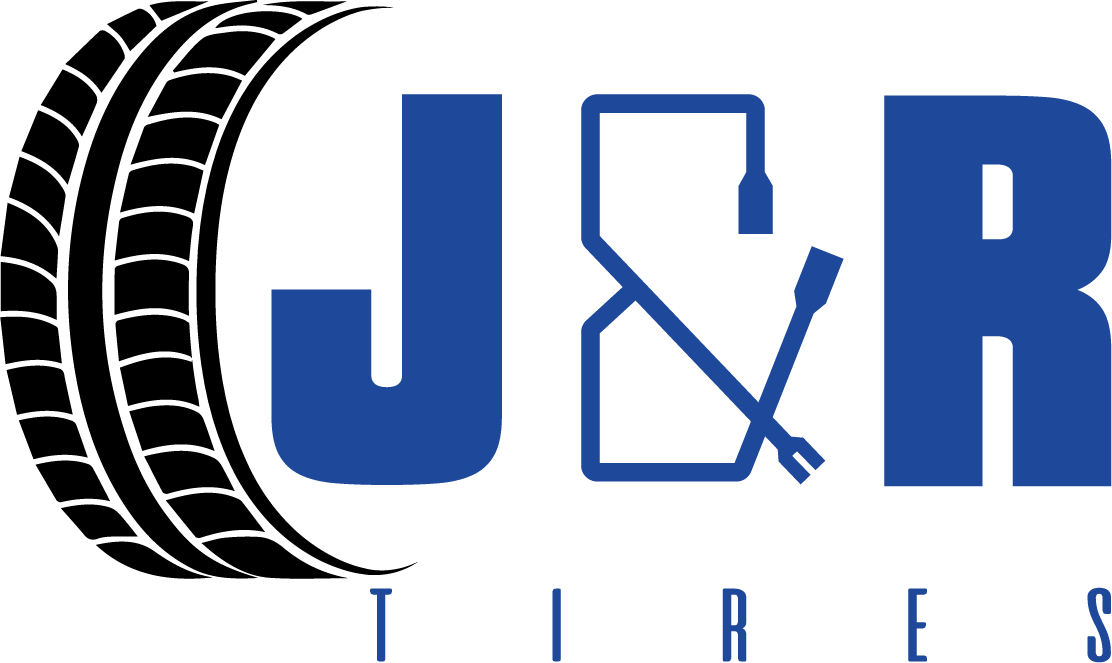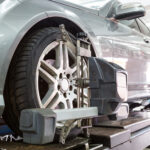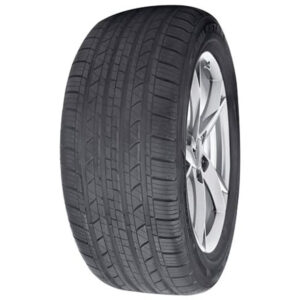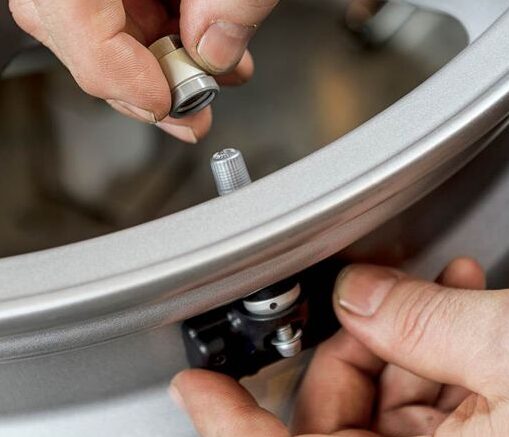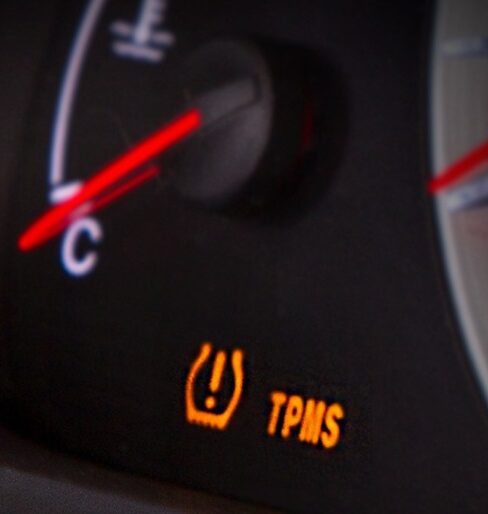Monitoring the pressure of your tires reduces tire wear and improves the overall performance of the vehicle. The Tire Pressure Monitoring System increases your safety on the road by improving your vehicle’s maneuverability. Tires operating below inflation standards put the safety of your passengers at risk.
There are two types of Tire Pressure Monitoring Systems in existence today—Direct and Indirect. All TPMS systems require regular maintenance to meet maximum performance standards.
